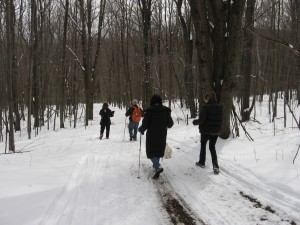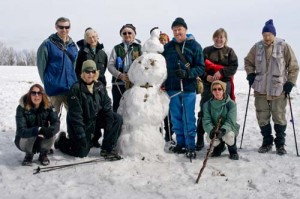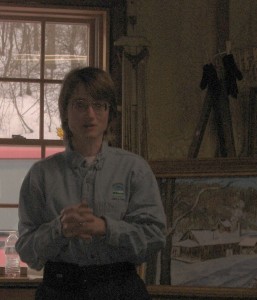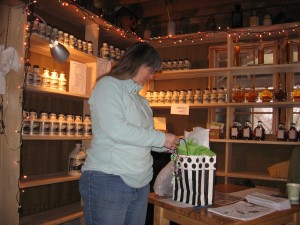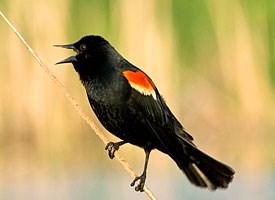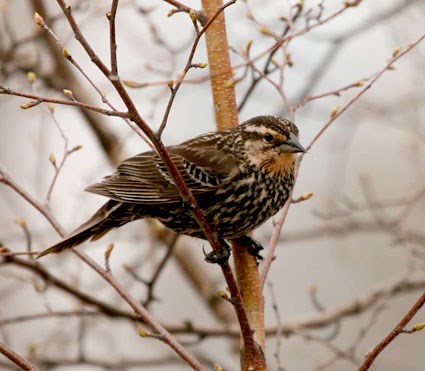I hope that everyone who attended the first annual meeting of the Springwater Trails had a good time. I am sure you all will agree that at least the food was good!
I want to thank the outgoing executive board for a job well done this year. Pam, maybe you will have a few hours now to rest your knee and to figure out what you want to do when you grow up. Pati plans to spend more time with more family, but we will see her around I am sure. And Amy and Marty both are missed and we know they are waiting for the snow to melt before returning.
I also want to thank Joan, Katherine and Tom for stepping up and agreeing to serve on the executive board. After a successful stint as Hike Coordinator, I know Joan will be taking good care of the hiking group as our new VP. Tom, you will find that Pati is a hard act to follow, but we will be able to make that transition. And finally, I want everyone to know that Katherine’s minutes from the annual meeting, provided one day after the meeting (a record for Springwater Trails), have definitely set the standard. Thanks Katherine.
In addition to a continuing commitment to our hiking group and to the Springwater Trail, the executive board expects to complete the transition to a non-profit corporation this spring. Although the only change that members will notice is the addition of “Inc” to our name, I think this change will solidify our group.
Working together, let’s make 2013 another good year for Springwater Trails.
By the way, we were in Connecticut for Easter and peepers were out in force.
PS. We will be sending out a call for Hike Planners for our Summer series of hiking and boating. Are you ready to volunteer?

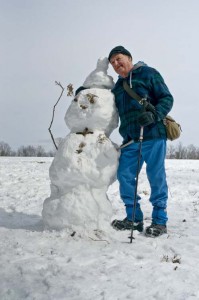
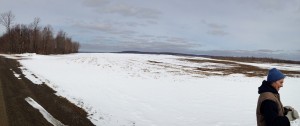 The five climbers started from Thorpe Rd and trudged through unbroken snow on the Buckley’s nature preserve to the top of Warner Rd (the Springwater end of Garlinghouse Rd). From there, the hike was on snowmobile track which made it much easier.
The five climbers started from Thorpe Rd and trudged through unbroken snow on the Buckley’s nature preserve to the top of Warner Rd (the Springwater end of Garlinghouse Rd). From there, the hike was on snowmobile track which made it much easier. 